By Dave Homewood
I made a visit on Wednesday the 30th of August to Avspecs Ltd at Ardmore Airport, Auckland, New Zealand, to catch up with Warren Denholm and the team who are working on their fourth de Havilland DH98 Mosquito airworthy restoration project.
This Mosquito was built by de Havilland Australia at Bankstown, Sydney, Australia, for the Royal Australian Air Force. Originally planned to become an FB.40 fighter-bomber version (essentially the Australian-built equivalent of the very successful FB.VI) it was given the RAAF serial number A52-20. However, the decision was made to convert a batch of partly constructed FB.40s to dual control trainer status, and this aircraft was converted to a Mosquito T.43 while still on the production line. At that point it was renumbered with a new RAAF serial, A52-1054.
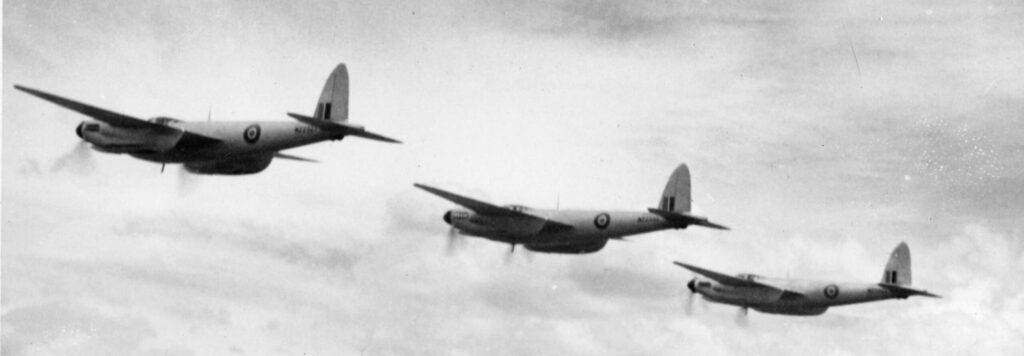
The aircraft was allocated to No. 3 Aircraft Depot, RAAF Amberley, in Queensland, on the 19th of August 1946. Two months later it moved to RAAF Archerfield with the same unit on the 18th of October 1946 and was placed in storage, due to the war’s end and the sudden lack of need for these machines.
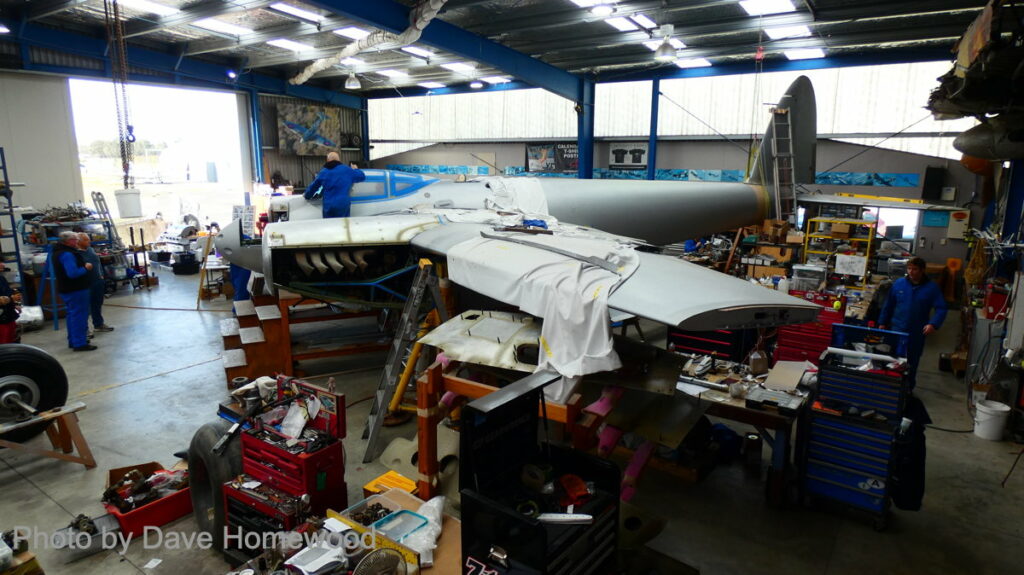
It had been announced in August 1946 that the New Zealand government intended to purchase de Havilland Mosquitoes to replace their Lockheed PV-1 Venturas and Corsairs in Royal New Zealand Air Force (RNZAF) service, which were Lend-Lease aircraft, and weren’t available for continued post-war used under the terms of the agreement. They planned to buy enough to equip three squadrons, and eventually, the total number of Mosquitoes brought to New Zealand was 80.
The RNZAF decided to purchase a small batch of dual-control Mosquitos to help convert crews onto the FB.VI fighter bombers that were to be ferried from Britain. As Australia had dual control Mosquitoes surplus to their requirements, the New Zealand government made a deal to purchase four T.43 models from Australia, and 15 Mosquito T.IIIs (from the UK) as well.
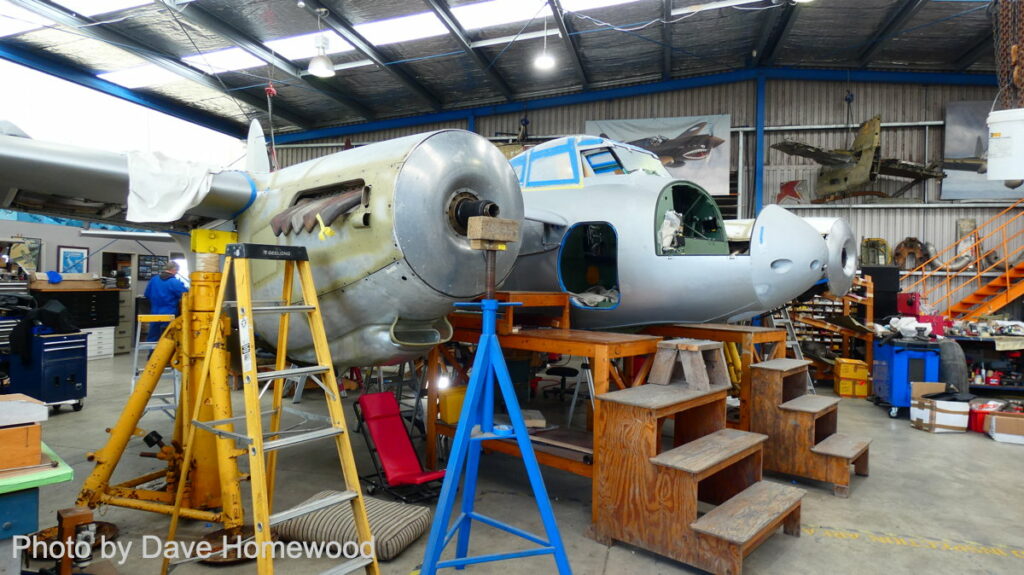
A52-1054 was one of those sold to New Zealand, at an individual cost of £3000, and was eventually ferried across the Tasman to RNZAF Base Ohakea, where it was brought on charge with the RNZAF on the 25th of June 1947. The new, RNZAF, serial number NZ2308 was given to this Mossie.
It was allocated to No. 75 Squadron RNZAF. This turned out to be the only squadron of the postwar Royal New Zealand Air Force to operate Mosquitoes when a policy change meant that the other two planned squadrons were never formed. It was marked with the code letters YC-Z.
The aircraft served with the squadron until the early fifties when the unit converted to de Havilland Vampires. NZ2308 went into long-term storage at RNZAF Base Woodbourne. It had flown 479 hours and 35 minutes at the time of its retirement.
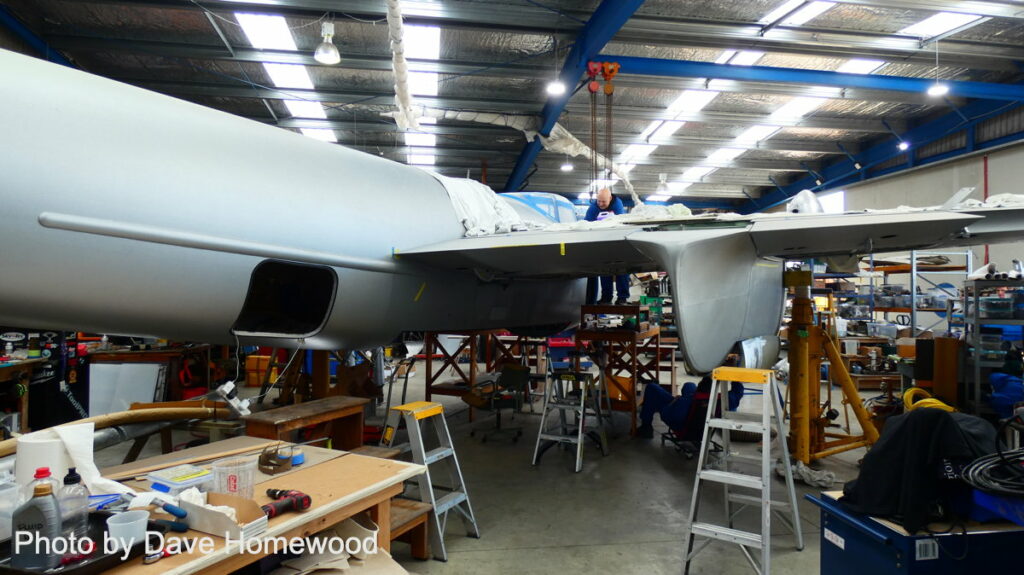
NZ2308 was declared as surplus on the 30th of June 1955, and was sold by the Government Stores Board to ANSA Orchard Equipment Co., of Nelson. This company bought up 27 surplus Mossies, with the intention of using their Merlin engines and propellers on trailers to tow around the apple orchards in the Nelson region to blow frost off the trees in the depths of winter, in the same way that this is now done by low flying helicopters.
The remains of NZ2308 ended up on a farm at Riwaka, north of Motueka. It was a bit of a landmark in the paddock there, visible from the road. In the 1960s the airframe was recovered by volunteers from the Museum of Transport and Technology, who were also restoring another recovered Mosquito, NZ2305.
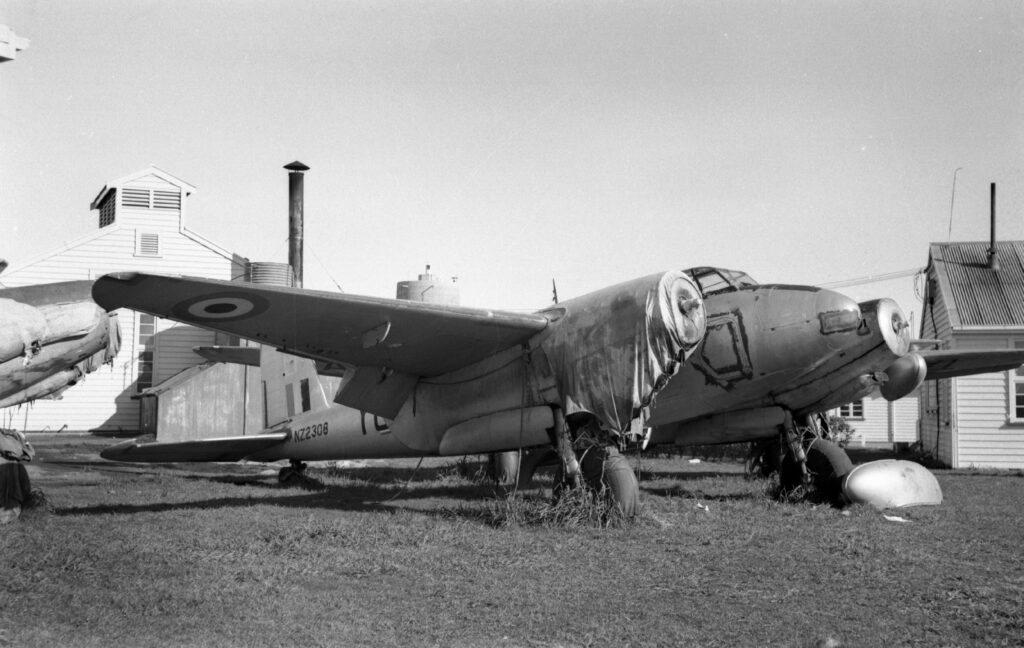
Eventually, the remains of NZ2308 passed from MOTAT to Owyn Fenner, who worked at Gulf Aeronautics, Ardmore, and he came up with the idea of forming a syndicate to rebuild the airplane to fly again. He approached the NZ Warbirds Association, and a group was formed. One of those syndicate members was Glyn Powell, who would eventually collect all the necessary drawings from around the world to build the fuselage molds from scratch and to rebuild the Mosquito. He also collected parts and other wrecks, and eventually put together a small team of craftsmen.
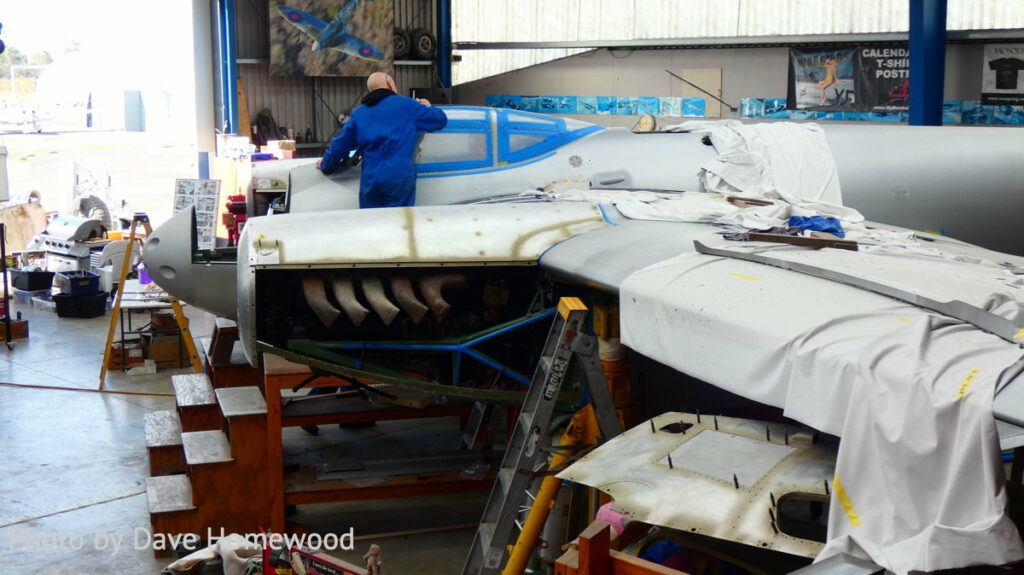
Glyn Powell constructed a test fuselage on the molds to prove the molds were ‘true’ and worked, and then he was ready to build new woodwork for NZ2308. But at the same time, Glyn was contracted by Jerry Yagen to create another set of wings and fuselage for Canadian-built Mosquito FB.26 KA114. This latter aircraft famously was completed by Avspecs in 2012 and became the first ever Mosquito to be rebuilt to fly.
Glyn continued with his project slowly as he worked on other projects as well, but he passed away in November 2019, and the aircraft remained unfinished. The partially rebuilt NZ2308 had almost passed into the ownership of a new New Zealand syndicate some years before Glyn’s death, and he would have retained a share in the ownership, but sadly this fell through.
It had been looked at by numerous other groups and individuals from the UK and USA over the years as a potential purchase. Finally, it did sell in 2022 to an avid warbird collector from North America. Upon my visit, the aircraft was found to be in quite an advanced state. It currently has temporary engines fitted, the ones it will fly with are undergoing overhaul with Vintage V12s right now. But the cowls are mostly completed and a lot of work is being done by the team on systems and finer details.
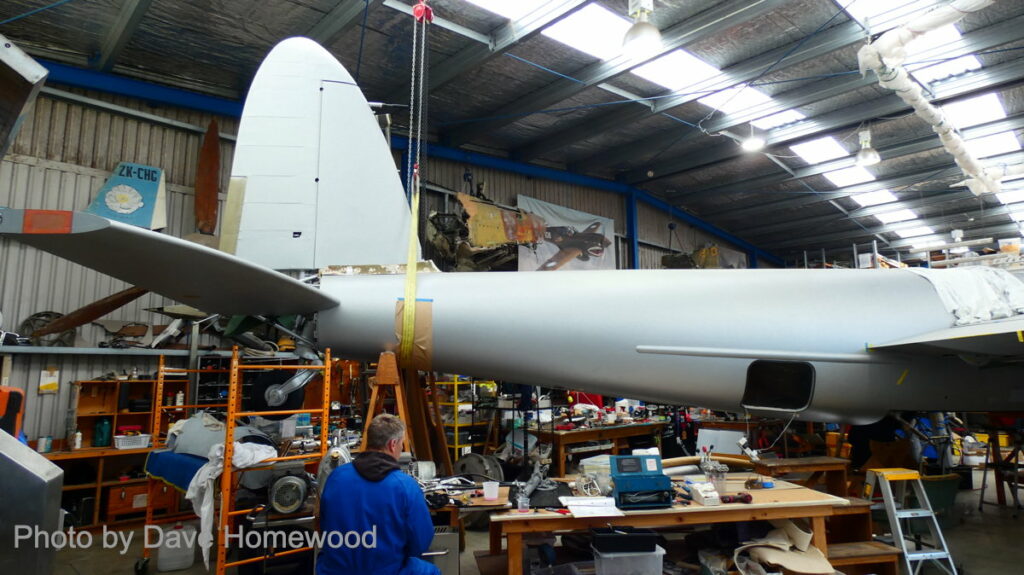
Almost all of the Avspecs team are currently working on the Mosquito, with just two of them on another project, so the workshop is a hive of Mossie activity. If the pace keeps up the aircraft should hopefully be flying by the late summer (which is around February in the Southern Hemisphere). A real advantage for the team now is that they have so many spare parts for the Mosquito type, from several sources, that have come to light in recent years. When they restored the first couple of Mosquitos it was much harder to find usable, flyable spare parts. Now it seems they have enough stock to build several more.
While NZ2308 in under rebuild, Mosquito Aircraft Restorations and Avspecs are also working on the next Mosquito project for Peter Monk in the UK, which will become the major focus for the team when NZ2308 is complete. They are also working on the Curtiss Hawk for Jerry Yagen, which is on hold temporarily until its wing is completed at Precision Airmotive of Wangaratta, Australia, and arrives to be mated to the fuselage. I hope to make more visits to Ardmore to watch the progress on NZ2308 in the coming months as it draws closer to making that much-anticipated first flight.
Thanks to Dave Homewood for this report. Make sure to subscribe to Dave’s podcast, the Wings Over New Zealand Show , where you can learn all about New Zealand’s aviation scene, past and present, and the people involved – from the current RNZAF and Air Force veterans to airshows and warbirds, to airlines, agricultural aviation, recreational flying, history and much more. Click HERE for more information.
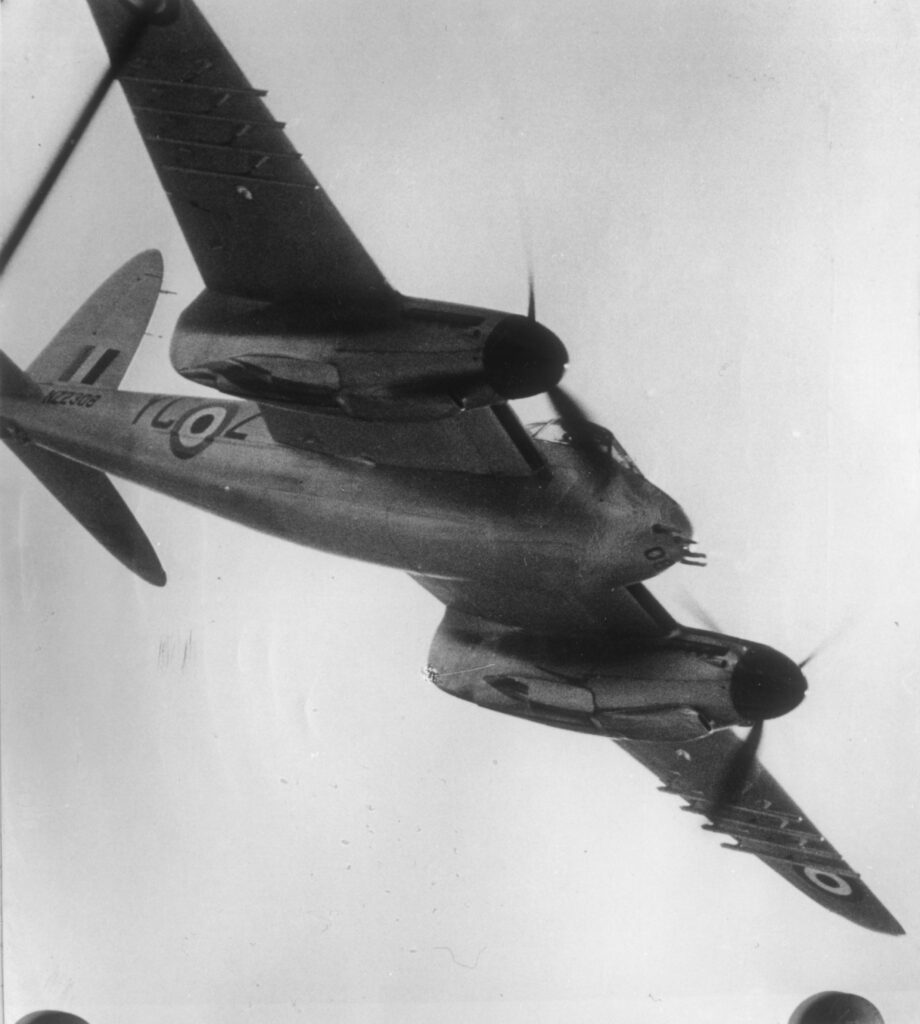







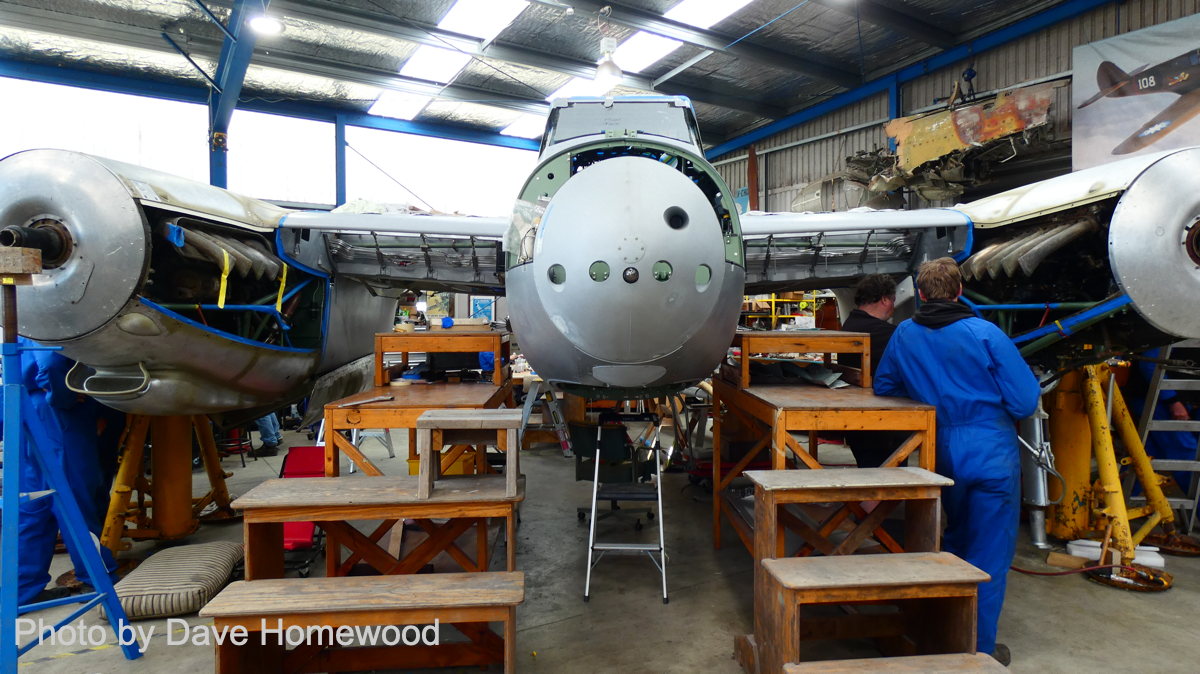

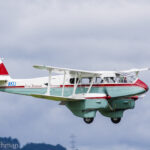

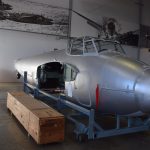
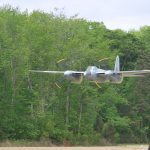
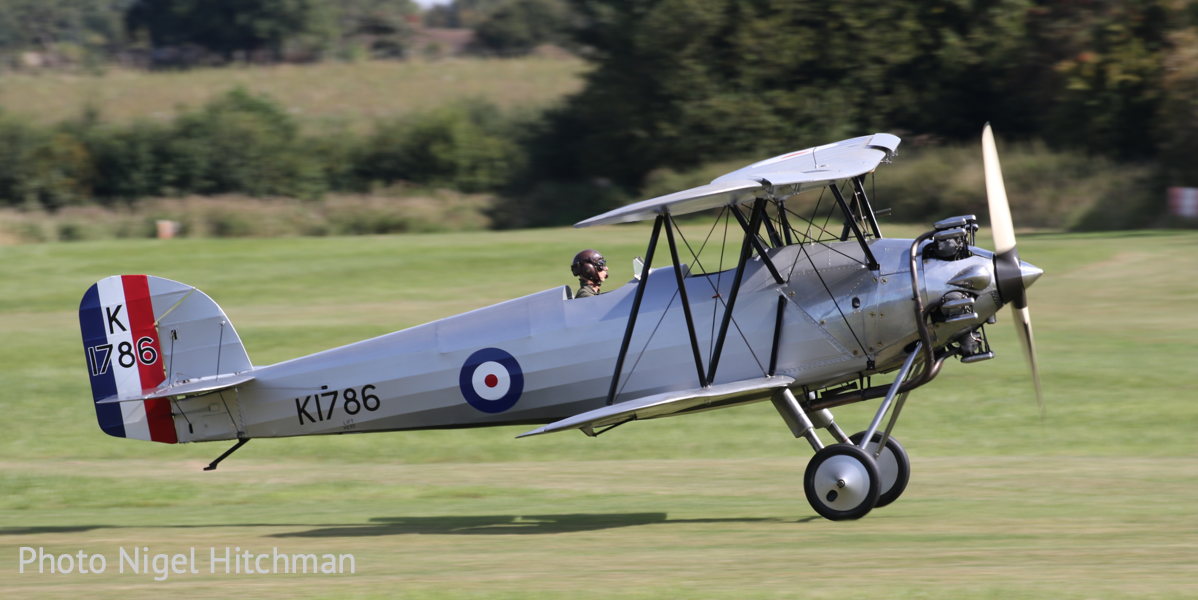
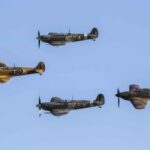
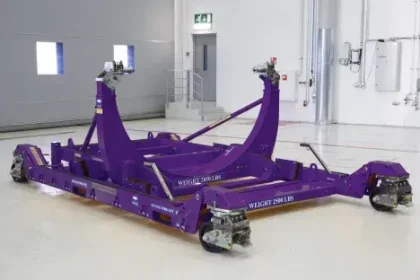
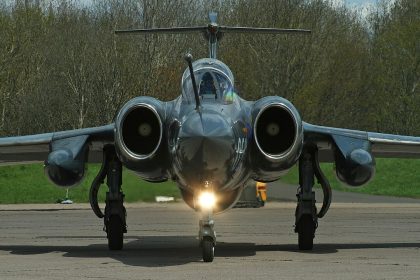
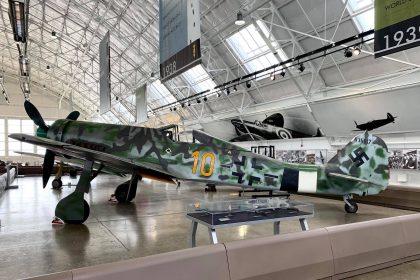
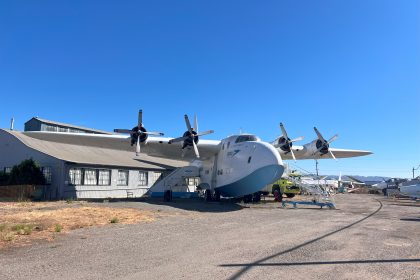
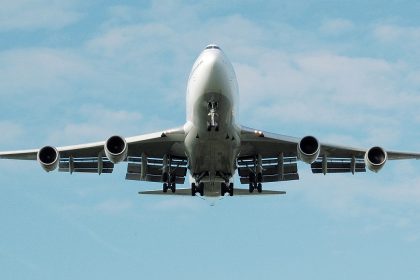

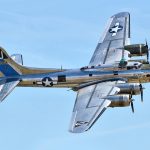
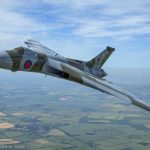
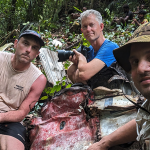
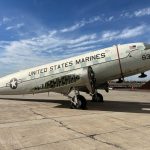



I am so glad to see multiple Mossies now back in the air. A good friend (and farming neighbour) of my fathers was a Mossie Pathfinder pilot in the RCAF over Europe. He would never talk about his missions or wartime experience like many vets.